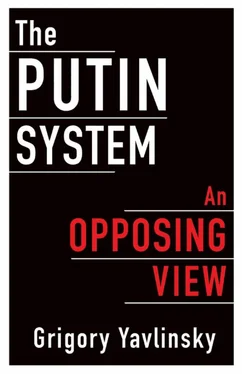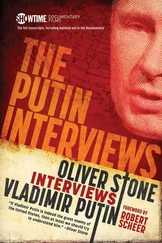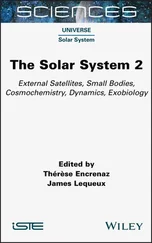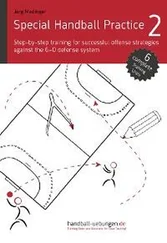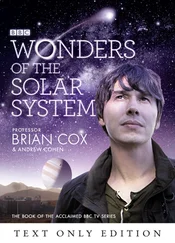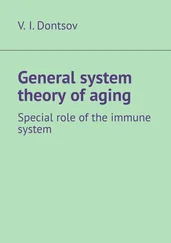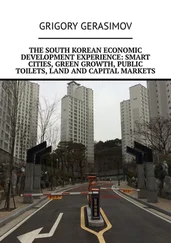In other words, the ideology spontaneously developed by Russia’s post-Soviet authoritarian regime has occupied an expanded role in government and society and has acquired the embryonic shape of an ideology of a Eurasianist state, portrayed as the embodiment of centuries-old Russian polyethnic values. These values allegedly consist of the rejection of individualism and greed and the dissolution of the individual into a distinctive social organism, a symbiotic relationship between the people and the authoritarian power that is imbued with a metaphysical sense inaccessible to average mortals. And this authoritarian power is envisioned as preexisting from the beginning of time and independent of contemporary society, as if detached from any specific individuals in time and space.
Certainly, the elements of such an ideology existed long before present-day Russia’s authoritarianism; some of its roots are centuries old. This ideology was shaped as a cohesive whole on the fringe of twentieth-century philosophy. Now Russia’s homegrown peripheral authoritarianism has put it to use because, overall, it suits the regime’s need for ideological tools of consolidation of its power and its defense against domestic and foreign threats, both real and imagined. Moreover, the Kremlin’s sense of its need for such a protection turned out to be so strong that it offset even the evident drawbacks in terms of governance.
Using such an ideology for this specific purpose under Russia’s current conditions presents obvious difficulties. First, too many people belonging to large, primarily ethnic minorities begin to experience an indelible sense of ambiguity with regard to their position within the Russian state. Second, some of the institutions inherited from the previous period are now up in the air because of the uncertainty about whether and how they fit in with this new ideology. These institutions include, for example, political parties that had been created within a different framework of political development; the educational system, whose current organization allows for a multiplicity of viewpoints, which is unacceptable under the new ideology; and a few others.
Nevertheless, it appears that Russia’s supreme authorities have made their political choice. All subsequent moves will be toward consolidating Russia’s government-centered Eurasianism as the basic idea of the Russian state, and currently existing governmental and public agencies and institutions will be adjusted to it. Soon, as with any official state ideology, the Kremlin will have to decide how rigidly it will be applied, and to what practical political purposes. We will find this out in the immediate future.
THE POLITICAL FRAMEWORK OF PUTIN’S RUSSIA: IN PURSUIT OF A PERFECT HIERARCHY
Finally, the third among the authoritarian tendencies listed at the beginning of this chapter has been the drift of the regime toward a highly rigid, vertical framework for its power hierarchy. This became particularly visible during the “Crimean campaign” of 2014 and its immediate aftermath. The gist of this development is that the “Putin system” of rule seeks to get rid of the elements of political competition that are alien to it and out of place in today’s Russia, as well as of any alternative sources of power in the country. In chapter 3, I discussed the fact that today’s authoritarian regime grew out of the eclectic realities of post-Soviet transition. Its growth and consolidation were the outcome of a lengthy, largely spontaneous and unreflective search for a political framework that would articulate and protect the interests of the new ruling class—the post-Soviet nomenklatura .
Naturally, this search was neither simple nor unidirectional. The twists, turns, and breaking points associated with this search became especially visible at certain distinctive moments of Russia’s post-Soviet history. To begin with, these were the first years after the collapse of the Soviet system, years that ended with the notorious events of the fall of 1993—the disbanding of the legislature by President Boris Yeltsin, followed by violent confrontation in the streets of Moscow. The political framework that was designed in the wake of these events was fundamentally new—the framework of a presidential (or, according to some experts, superpresidential) republic.
The second of these moments was the presidential election campaign of 1996, when the ruling circle that was then in power abandoned, for the first time, the idea of having truly competitive elections. Yet another turning point was in 1999, when that ruling circle for the first time resorted to a behind-the-scenes transfer of power and Boris Yeltsin, the leader of the ruling circle, who was physically unfit to continue his duties as president, effectively appointed his official successor to the “throne,” Vladimir Putin. Then, in the beginning of the next decade, the Kremlin began setting up what is known in Russia as the “vertical of power,” the system of full command from above, from the head of state down through the whole chain of government, from the federal level to the local level and including the powers of legislature and law enforcement. The gist of this process was the curbing of autonomous political activity of any kind in Russia’s regions and political parties.
In 2012–2013, the Kremlin reinstated gubernatorial elections, though in a truncated form, and somewhat relaxed the restrictions on the activities of Russia’s political parties. This seemed to signal a certain departure from the mainstream policy of curtailing political competition. Yet, by the beginning of 2014, the political climate in the country had deteriorated as never before: the authorities questioned the very principle of political pluralism, and the boundaries between opposition work and political subversion became completely blurred in the official media and rhetoric.
What was so distinctive about the situation and the trends in this area that became plain to see in early 2014? First, at the time, the political profiles of the officially ruling political party (United Russia) and those opposition parties that were represented in the Duma (the Communists, the Liberal Democrats, and Fair Russia) became completely indistinguishable from one another. The proceedings of the legislature were now entirely devoid of any critique of Putin, not only in response to his actions in the Ukrainian crisis but also on any other issue. This change could not be explained by nationwide patriotic fervor, as some tried to do, nor by the claim that it would have been inappropriate to criticize the supreme authority at that critically important and momentous time. If political parties are competing with each other and represent different groups within the elite, then subtle and not-so-subtle differences in their approaches to the most important political issues of the day never disappear completely, even in the face of an actual foreign threat.
What is there to say about conditions if there are no obvious indicators that such threats are getting stronger or more imminent than before, or when survival of the state is much more dependent upon the character and substance of the authorities’ response to domestic challenges? In such a situation, the touching unanimity between the government and the official opposition reveals something else: either all of these political parties are no more than different subsidiaries of the same ruling circle and are essentially in the service of one set of interests or, just as likely, the ruling circle has decided that intra-elite disagreements may present an unacceptable danger to them and should, at the very least, be pushed deep down below the surface and not be allowed to show up in public, even in the gentle form of parliamentary debates.
Whatever the case, Russia’s federal representative bodies, starting with the State Duma, have by now become part and parcel of a monolithic authoritarian rule that does not permit even the slightest opportunity for organized political alternatives to crystallize within the framework of political legality. The only way to rule out such a possibility while still having multiple political parties is by eliminating anything that even remotely suggests that these parliamentary parties may actually represent alternatives to the powers that be—or by eliminating the multiparty system as such. Evidently, the ruling circle has selected the first of these two paths, employing their relations with the bosses of these “opposition” parties and their extensive ability to influence them with either sticks or carrots. This is also related to the intense ideological hardening of the regime, its drift toward ideological totalitarianism, which I characterized earlier. The very presence of an official ideology that is a mandatory article of faith for anyone who does not want to be listed among the traitors and the enemies of the state implies political unity and the absence of entities that might offer themselves as alternatives to the powers that be.
Читать дальше
